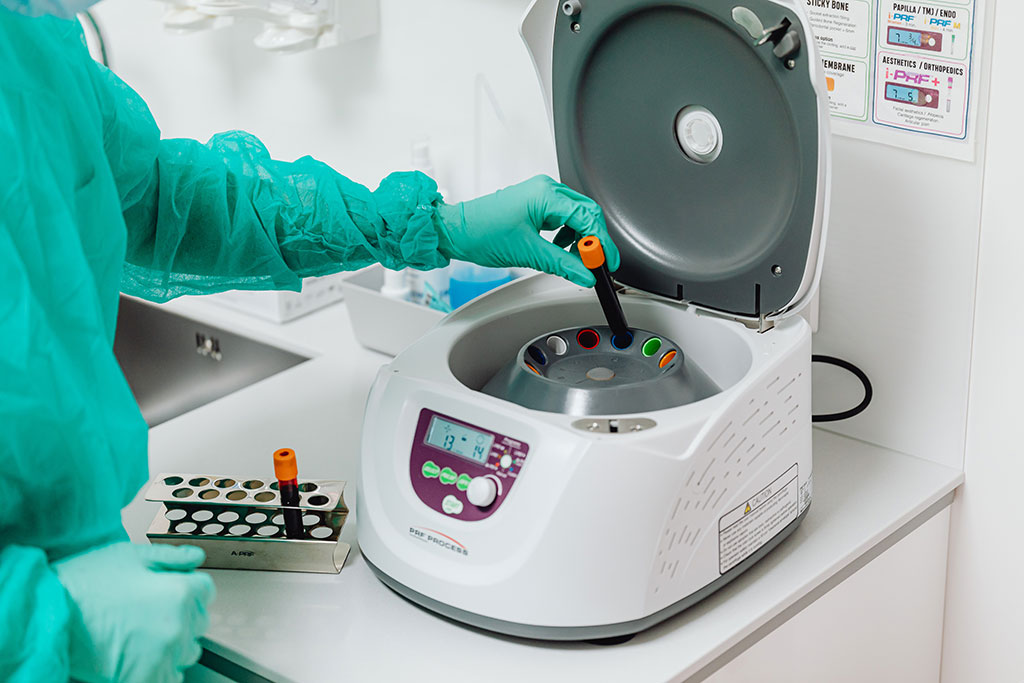New Blood Test Identifies Type 2 Diabetes Risk by Analyzing DNA Changes
Posted on 07 Apr 2023
Type 2 diabetes is a medical condition that arises when the insulin produced by the pancreas fails to function properly or is inadequate. This can lead to increased levels of blood sugar and subsequently, a host of health complications such as heart diseases, stroke, nerve damage, and foot problems. At present, risk assessment tools for type 2 diabetes rely on factors like age, gender, body mass index (BMI), and family history of the disease. Now, a new study indicates that by analyzing changes in the DNA present in blood samples, it is possible to significantly improve the ability to predict the likelihood of an individual developing type 2 diabetes within a decade.
Methylation is a chemical process in the body in which a small molecule called a methyl group is added to DNA. Scientists at the University of Edinburgh (Edinburgh, Scotland, UK) examined how these alterations, in combination with other risk factors, could predict the probability of developing type 2 diabetes in almost 15,000 individuals long before any symptoms appear. The researchers found that incorporating DNA methylation data along with conventional risk factors improved the prediction accuracy.

To evaluate the predictive performance, the scientists adopted a hypothetical screening scenario involving 10,000 people where one-third of them developed type 2 diabetes over ten years. The model that incorporated DNA methylation accurately classified an additional 449 individuals compared to using traditional risk factors alone. The addition or removal of these methyl groups can impact the manner in which specific molecules act in the human body. These methylation patterns can be used to monitor the aging process and disease development. These findings could potentially enable the implementation of preventative measures earlier, thus lessening the health and economic burden of type 2 diabetes.
“Similar approaches could be taken for other common diseases to generate broad health predictors from a single blood or saliva sample,” said Professor Riccardo Marioni, Principal Investigator for the study, Centre for Genomic and Experimental Medicine at the University of Edinburgh. “We are incredibly grateful for our study volunteers who make this research possible – the more people that join our study, the more precisely we can identify signals that will help delay or reduce the onset of diseases as we age.”
Related Links:
University of Edinburgh




 assay.jpg)








